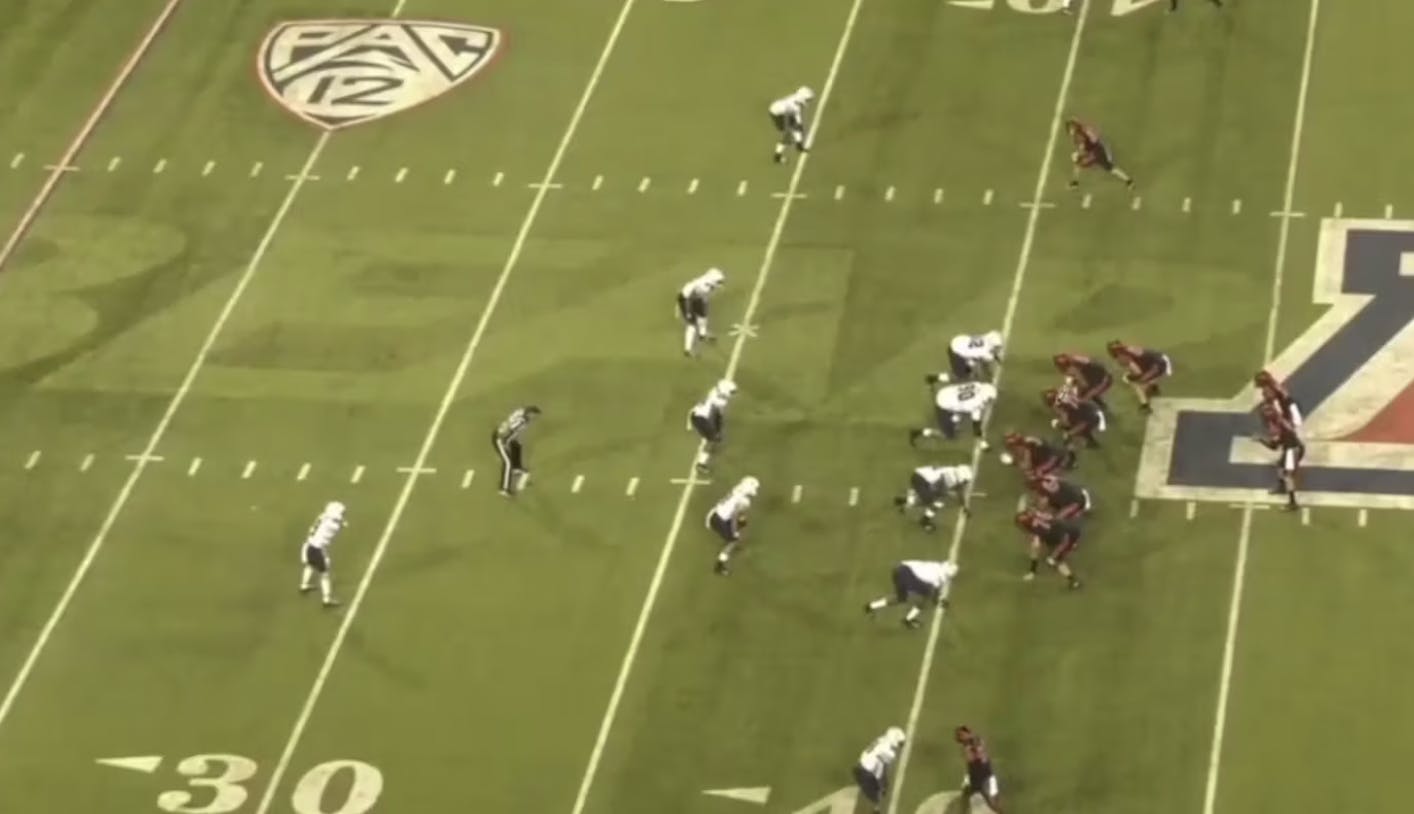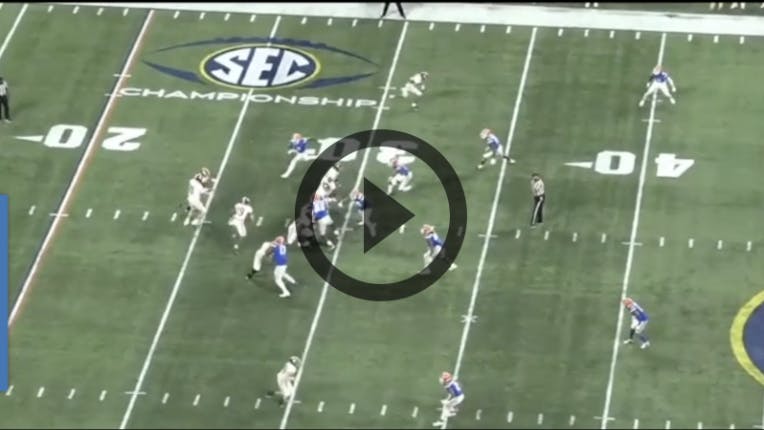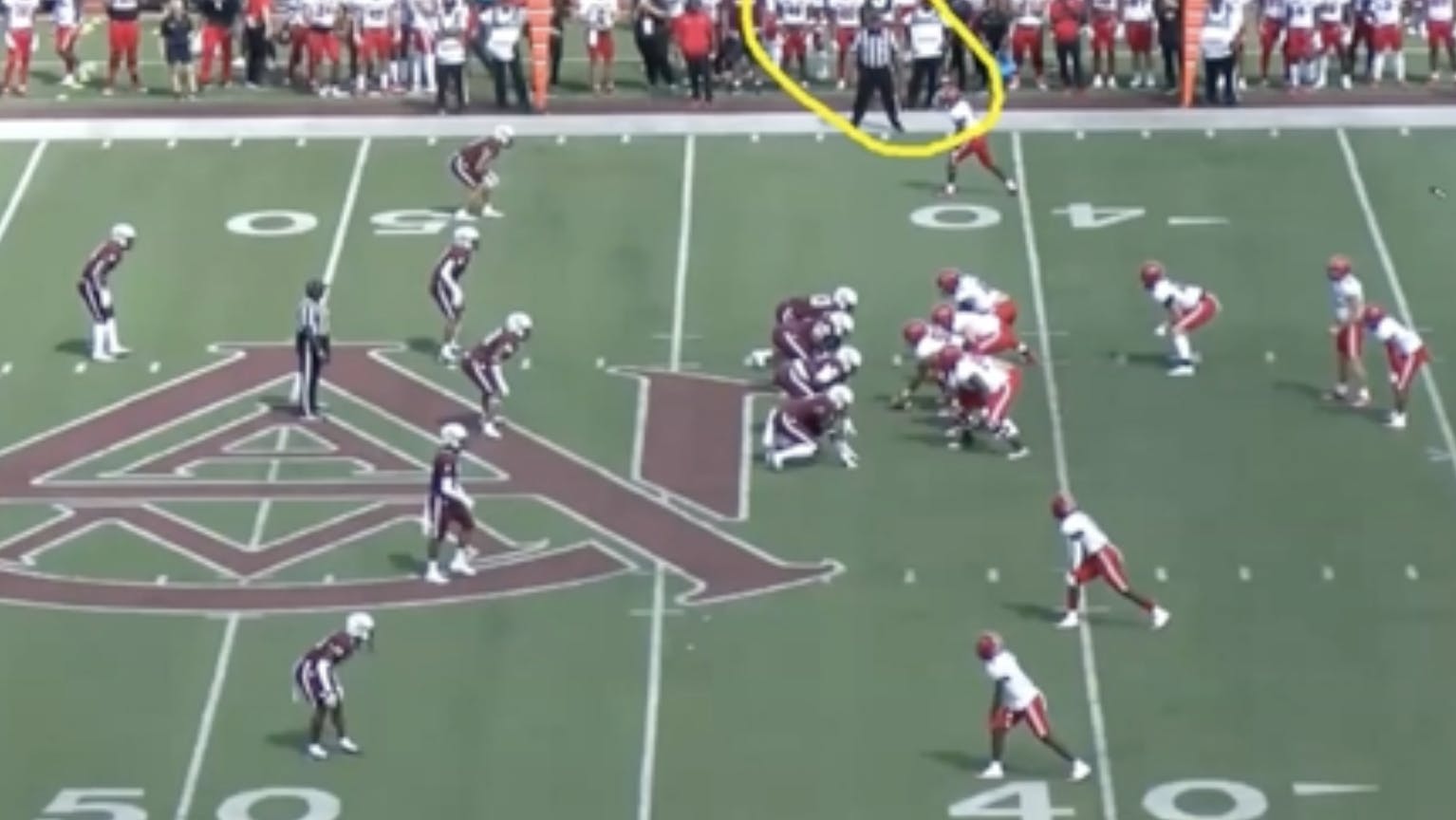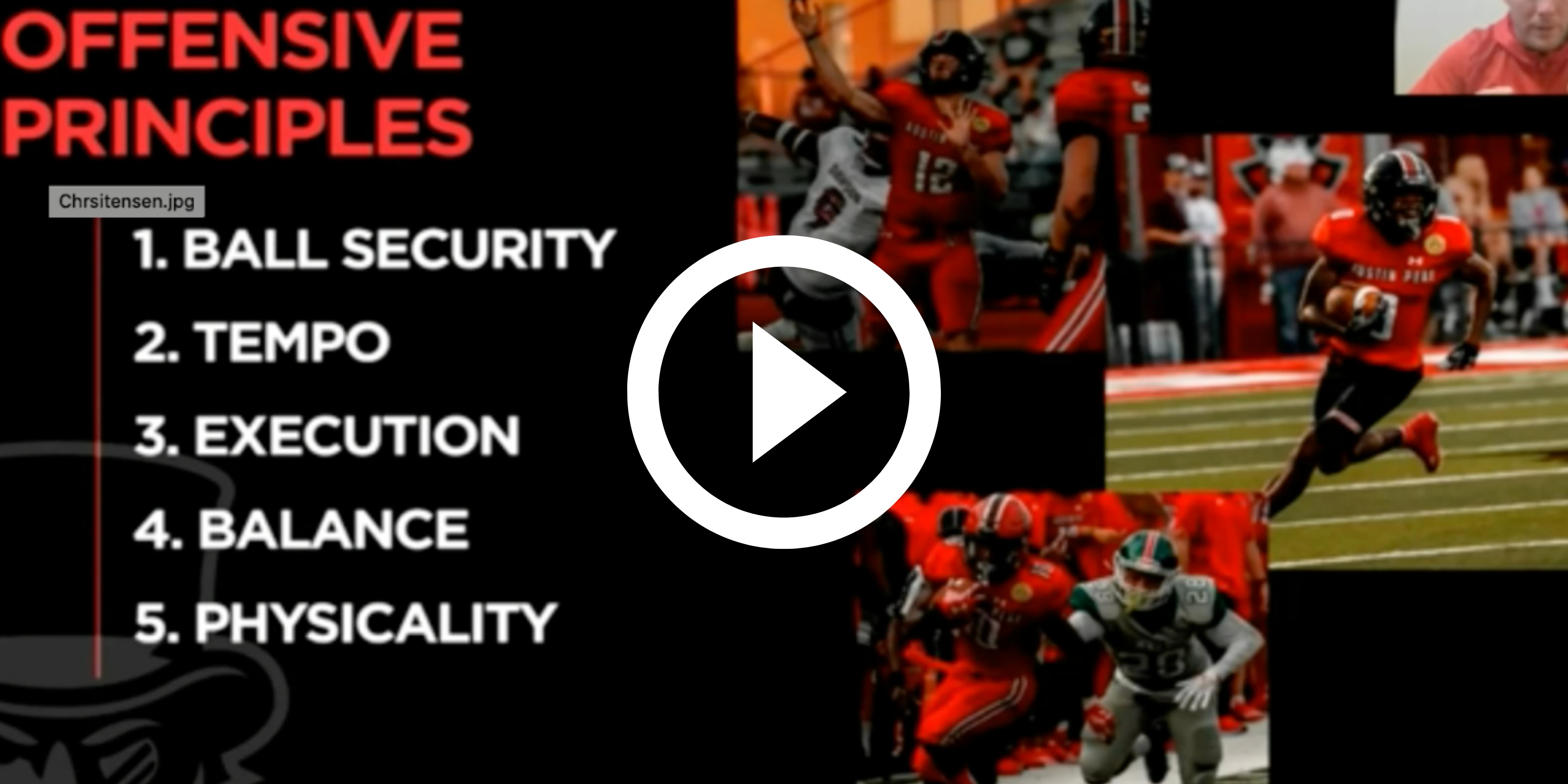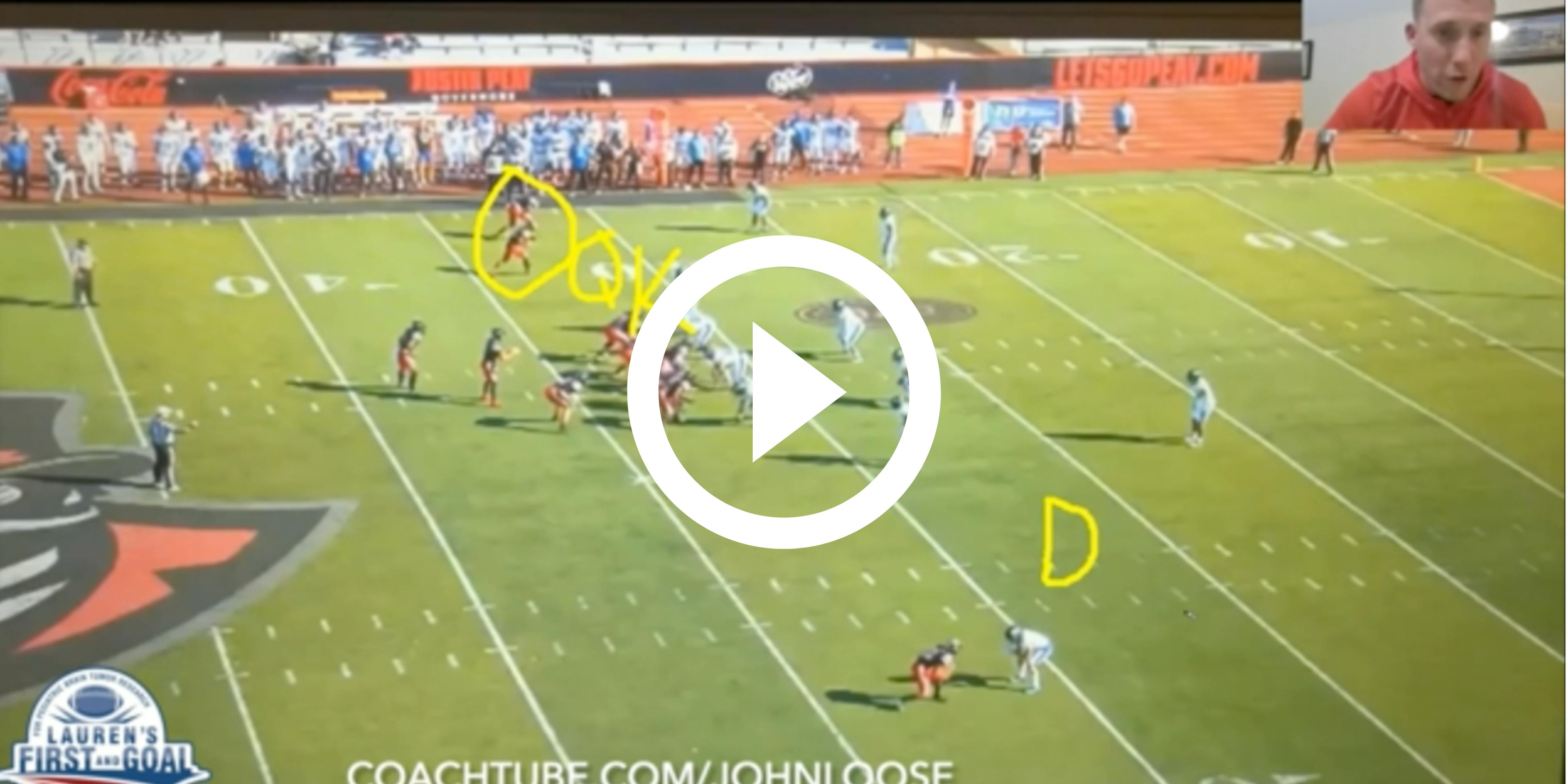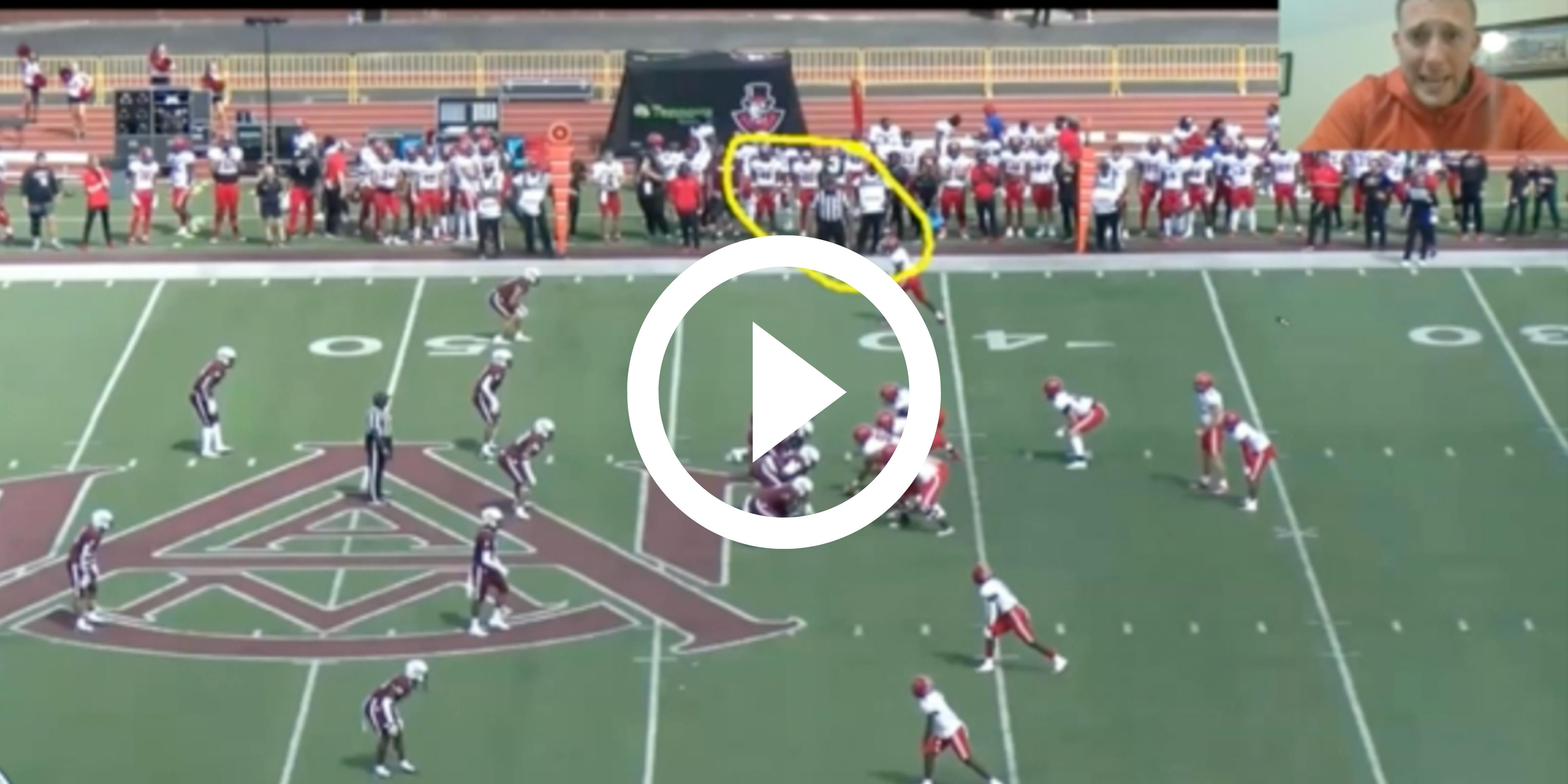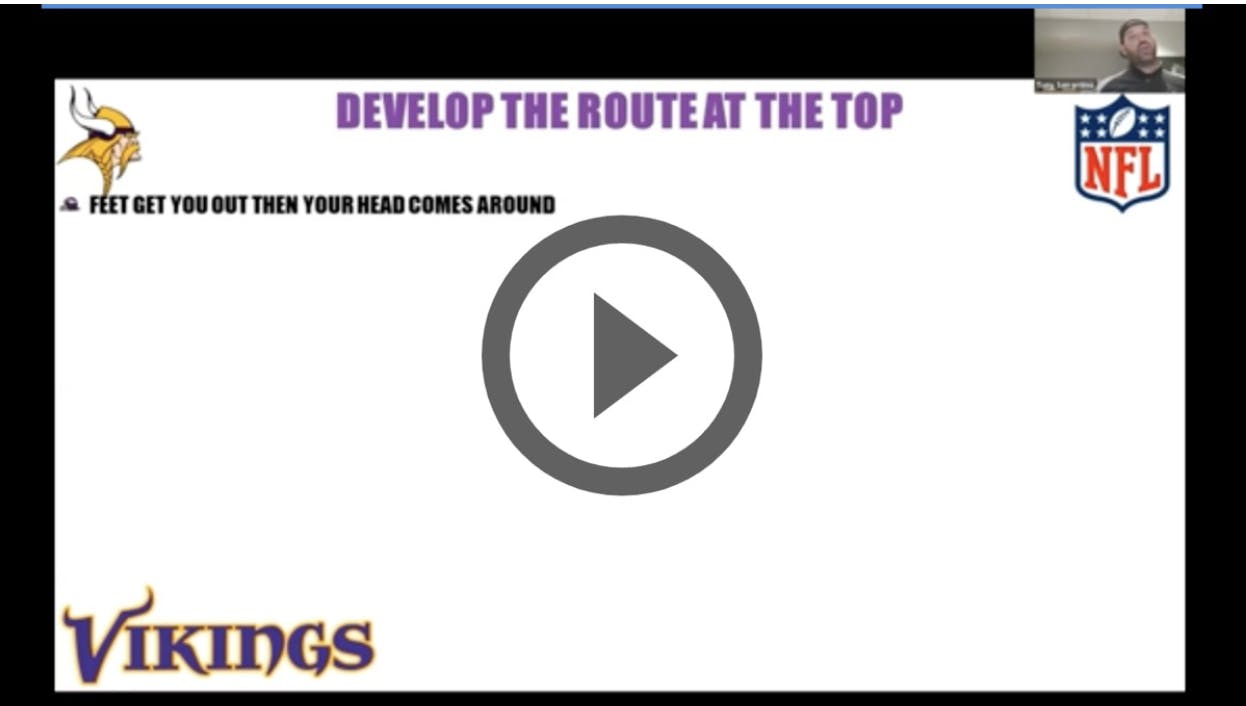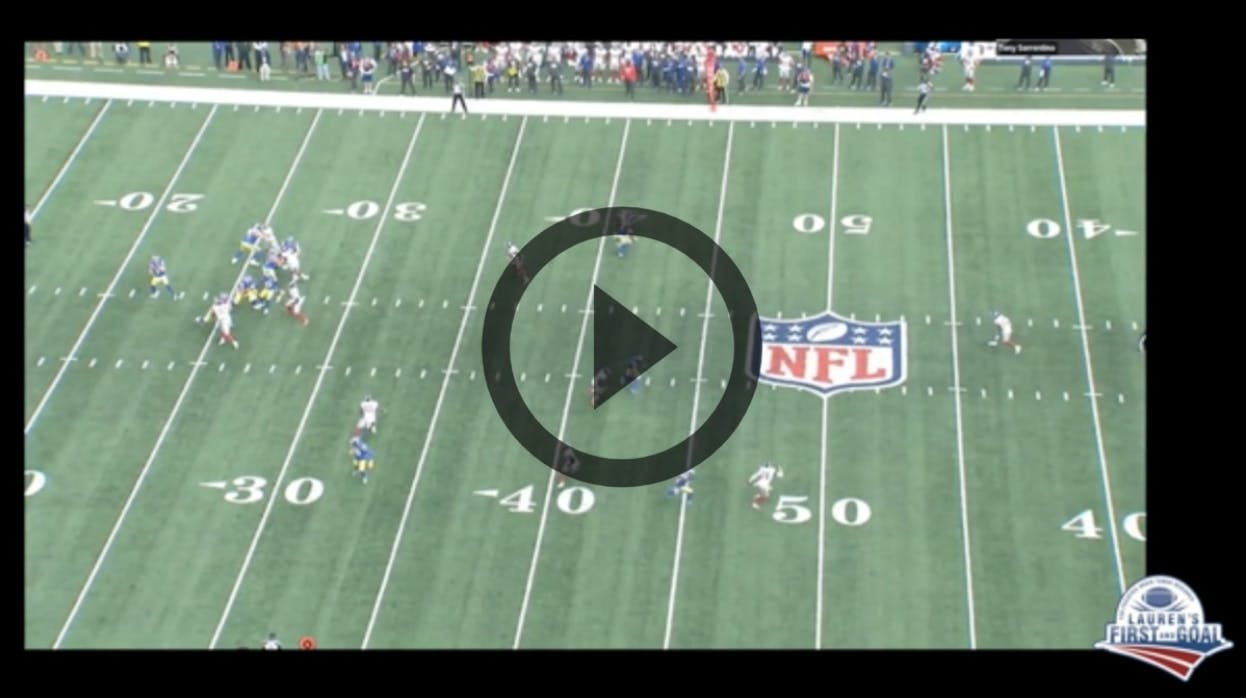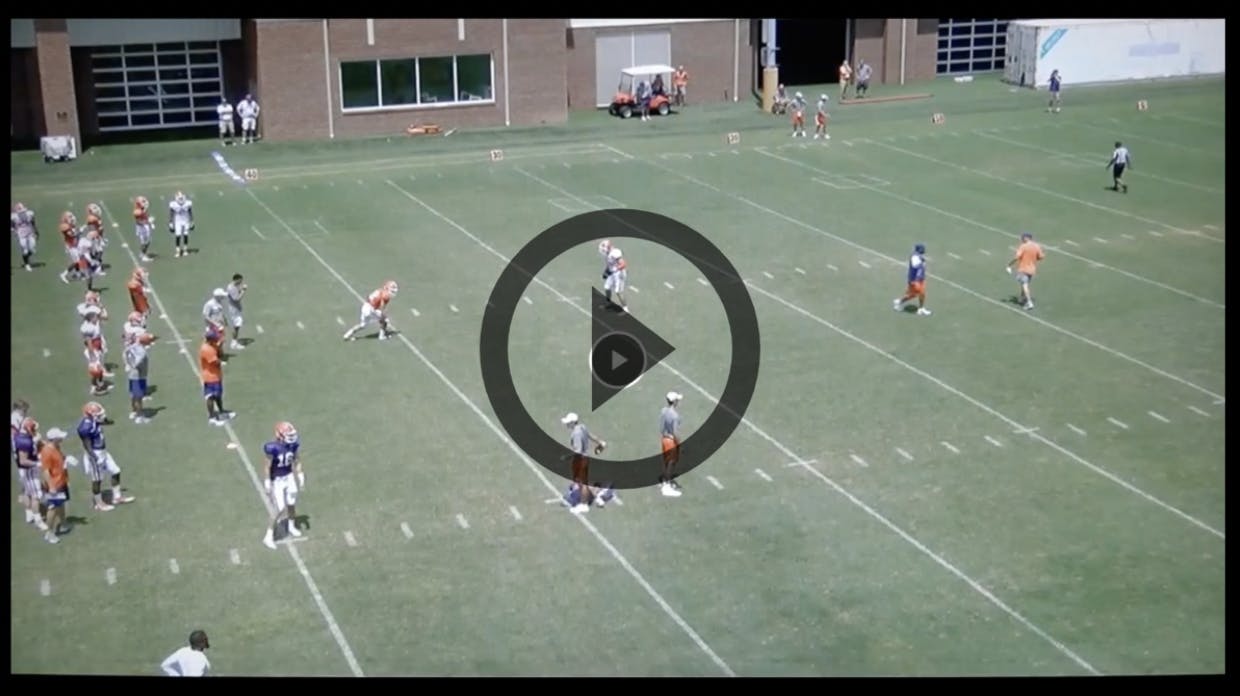When, How Long, and What Did Jesus Pray for?
Should there be a specified amount of time that each of us should set
aside each day for prayer? Is there a particular time when believers
should pray? How often should we pray?
Some churches believe that prayer should be mandatory. Certain times
of the week are designated for corporate prayer. In some instances,
these gatherings are segregated. As for some believers, they might pray
for many hours each day, while others aren’t so inclined. And there are
those in leadership who use prayer as a measuring stick that signifies
how spiritual each person is in the assembly. The more one prays the
more spiritual they are considered to be.
All of the questions that we initially asked should be looked into so
that we’re not caught off guard when another believer or someone in
leadership tells us that we must pray at a certain time, so often, for
so long, or at a certain place. Shouldn’t we know what the Scriptures
say in this regard.
We’ll begin looking at the Jewish day and finding out what was each
day’s name or description along with how were the times within each day
described. Why is this important to know? This is important to know
because in the early church the description of each day along with the
times within each one was referenced according to the Jewish
perspective. But we’ll not stop here. I’ll also introduce the Roman way
of naming their days along with how the times within each day were
described. After each has been introduced, I’ll try to put them together
so that as you read about when prayer took place, you’ll understand it
better according to both systems of time.
CONTRASTING THE JEWISH AND ROMAN DAY
The Jews referred to the days of the week as the first of the week
(of the Sabbath cycle, the second of the Sabbath cycle, etc.). The
seventh day was known as the Shabat (Sabbath), the day of rest. The
Sabbath began at approximately 40 minutes after sunset, when a minimum
of three stars were able to be seen in the sky, which would be
considered to begin at the close of the sixth day. Each of these days
began and ended at sunset. The first day of the week is the day
following the Sabbath, beginning at sunset.18
Now Peter and John went up together into the temple at the hour of prayer, being the ninth hour.
Another thought to consider is how the Jews talked about the various
times within each day. According to Acts 3:1, they described a
particular time as being the ninth hour. What does the ninth hour mean?
It means the ninth hour after dawn (sunrise). There were twelve hours in
the Jewish night beginning at sunset and twelve hours in the Jewish day
beginning at sunrise.
When we look at passages of Scripture in the New Testament which
refer to morning, evening, first day of the week, etc. we need to
understand that each of these words needs to be interpreted according to
the Jewish perspective. What further complicates this is the fact that
the Romans had a different way to describe not only the names of their
days, but the times within each day along with when their days began and
ended. Let’s take a look at the Roman description of their days and
after which we’ll attempt to combine both perspectives.
The Romans adopted their days of the week from their mythical gods.
Saturday was named after Saturn, the god of crops and harvest, and was
initially considered the first day of the week. The second day of the
week was called Sunday, which was considered as a day sacred to the sun.
The third day and so on is as follows: Monday was named because it was
sacred to the moon. Tuesday was named after Tiw, a god of war. Wednesday
was named after Woden, the leader of the gods. Thursday was named after
Thor, the god of thunder. Friday was named after Frigga, the wife of
Woden.19Each of these days began and ended at midnight.20 As the
worshiping of the Sun increased, the Sun's day (Sunday) advanced from
position of the second day to the first day of the week (and Saturday
became the seventh day21).
It was not until Christianity took hold throughout Europe that most
calendars marked Sunday as the first day of the week.22 It’s a
little-known fact among most Christians, that the Romans first adopted
the seven-day week in the first century and that they borrowed it not
from the Jews, but from the Egyptians.23 Time within each day was
designated as either being am (before noon for up to a period of 12
hours) or pm (after noon for up to a period of twelve hours).
As best we can, let’s try to mesh these two perspectives together.
For the Jew, the ninth hour meant an hour beginning at the 9th hour
after dawn (sunrise) and lasting for one hour. For the Romans, this
would mean beginning at 3:00pm and ending at 4:00pm. Dawn (sunrise)
would be equivalent in Roman time to 6:00am. Sunset would be equivalent
to 6:00pm. If time refers to the night, then the Jewish wording for this
would be something like the third hour of the night. The third hour of
the night would be equivalent to 9:00pm or three hours after sunset.
Another way for the Jews to talk about the night times would be to
describe three-hour periods of time using certain words such as:
Sunset (6:00pm) to the third hour of the night (9:00pm) – First Watch
(9:00pm) to the sixth hour of the night (midnight) – Second Watch
Midnight to the ninth hour of the night (3:00am) – Third Watch
(3:00am) to sunrise – Fourth Watch
The Jewish night would be from sunset (6:00pm) to dawn (6:00am). The Jewish day would be
described as being from dawn (6:00am) to sunset (6:00pm). The Jewish
Sabbath, the 7th Day, would be from sunset (6:00pm) to sunset (6:00pm)
or from Friday (6:00pm) to Saturday (6:00pm). For example, if Scripture
said that Jesus went to pray in the evening, this would tell us that he
went to pray sometime from 6:00pm until 6:00am. This doesn’t necessarily
mean that he prayed for this entire time, but that he prayed during
this time frame.
I hope this gives us a better understanding as to when something took
place. In regard to prayer, let’s begin by seeing if we can determine
when, how often, and how long did Jesus pray for.
When, how often, and for how long did Jesus pray for?
Please go to the book of Matthew.
Suggested Reading: Matthew 14:13-25
John the Baptist had just been killed by Herod. Jesus, after having
heard about this, departed into a desert place. However, when the people
found out about where He had gone to, they followed him there. When
they arrived Jesus not only had compassion on them and healed their
sick, but said to the disciples to feed them.
His disciples responded by saying that they had only five loaves and
two small fishes on hand. Jesus then took the loaves and while looking
up to heaven blessed them and then handed them to His disciples, who
took their share, and passed the rest around to the multitudes. Not only
were five thousand people fed, but after gathering up the remaining
bread they found that they had twelve baskets left over.
Matthew 14:23, 25 And when he had sent the multitudes away, he went
up into a mountain apart to pray: and when the evening was come, he was
there alone. And in the fourth watch of the night Jesus went unto them,
walking on the sea.
After this miracle took place, Jesus sent the multitudes away and
went up into a mountain to pray (to speak with God; to ask things of
God). When it became evening (when night fell), he was still there
alone. In the meantime, his disciples boarded a boat and headed over to
the other side of the lake they were on. Sometime later, the weather
began to become stormy. In the fourth watch, Jesus decided to go unto
them walking on the water.
What does this tell us about prayer?
It appears that Jesus went up into a mountain before evening set in
to pray. Remember, according to Roman time evening began at 6:00pm. He
decided in the fourth watch of Jewish time to leave the mountain and go
to the aid of his disciples, because of the impending weather. The
fourth watch began at 3:00am and ended at dawn (sunrise-6:00am). What we
can gather is that Jesus was at a mountain residing alone at least from
6:00pm to 3:00am. In other words, he remained in this place for at
least nine hours. Did he pray during all of this time? We don’t know.
Did he sleep at all? It doesn’t say. What did He pray for? No idea.
In the next section, what we’ll find out is that Jesus prayed the
same prayer three times. Any thoughts as to why this was the case?
Please stay in the book of Matthew and go forward to chapter 26 and
we’ll find out.
Suggested Reading: Matthew 26:36-45
Jesus had just partaken of the last Passover feast with his
disciples. Following this, He decided to go to the Mount of Olives with
Peter, James, and John to a particular place called Gethsemane which
means the orchard of olive trees. His betrayal by Judas Iscariot into
the hands of those, who would bring Him before the high priest and
accuse him of blasphemy, was imminent. When they arrived at Gethsemane,
He decided to separate himself a small distance away from His disciples
so that He could pray alone. However, before He walked away from them,
He reminded them to stay awake.
Matthew 26:39, 42, 44 And he went a little further, and fell on his
face, and prayed, saying, O my Father, if it be possible, let this cup
pass from me: nevertheless not as I will, but as thou wilt. He went away
again the second time, and prayed, saying, O my Father, if this cup may
not pass away from me, except I drink it, thy will be done. And he left
them, and went away again, and prayed the third time, saying the same
words.
Jesus’ mental state was one of being sorrowful (greatly amazed and
sore troubled) and heavy (distress of mind; a feeling of terrified
surprise). At some point, He fell on his face (the head was put between
the knees, and the forehead brought to touch the earth - this was not
only humiliating, but a very painful posture24) and prayed to the Father
asking Him if it were possible to let this cup pass from Him.
The word cup is frequently used in the Sacred Writings to point out
sorrow, anguish, terror, death. It seems to be an allusion to a very
ancient method of punishing criminals. A cup of poison was put into
their hands, and they were obliged to drink it.25 The words pass away
from me could refer to an allusion here to several criminals standing in
a row, who are all to drink of the same cup; but, the judge extending
[favor] to a certain one, the cup passes by him to the next.26
After prayer, He checked in on His disciples and found them asleep.
So, He decided to go back to the place where He initially prayed and
made a similar request to God the Father. After which, He goes back
again and checks in on them, and finds that they are still asleep. For
the third and last time, He goes back to the same place and prays again
making the same request as He had twice before.
What can we learn about prayer from these Scriptures?
What we know is that prayer occurred following the observance of the
Passover. The amount of time spent in regard of the Passover varied. It
could have lasted from anywhere between two-four hours. If Jesus and His
disciples arrived at Gethsemane by 10:00pm, then what we could say is
that He prayed during the second watch [the 3rd hour of the night
(9:00pm) to the sixth hour in the night (midnight)]. In other words, he
prayed during the evening. It’s interesting to note that He essentially
prayed the same prayer three times as if to be emphasizing to God the
Father that the need for His response was critical.
The next aspect of prayer in respect to Jesus has to do with His
prayer to God the Father while He was on the cross. Please turn in your
Bible to the book of Luke.
Suggested Reading: Luke 23:33-46
Christ and two others are hanging on a cross, at a place called
Calvary (kranion), the Greek word for Golgotha - the place of a skull.
He’s placed between two thieves as if to indicate that He was the worst
of the three transgressors. The superscription above his head, which
indicated his crime, was, “This is the King of the Jews.” This was
written in the three learned languages of Greek, Latin, and Hebrew.
During the time preceding the Jews exodus from Egypt and the time
following their entrance into the Promised Land, the land of Canaan,
while operating under the institution of the Mosaic Law, it was common
for an executed person to be publicly displayed by hanging them from the
stakes of a stockade wall. This was done to discourage civil
disobedience and mock defeated military foes.
Another method which the Jews employed for carrying out a death
sentence was stoning. After death, the person was placed on a tree
“hanging” for public display. People so exhibited after execution by
stoning for breaking Israel’s Law were said to be cursed of God.
During the time when Christ lived on the earth, the Sanhedrin (the
judicial system of the Jews) had four forms of capital punishment:
stoning, burning, beheading, and strangling. However, the Roman judicial
system took away from them the power of inflicting capital punishment.
(Sanhedrin, 1, beginning; 7,2, p.24). This simply meant that without the
confirmation of the sentence on the part of the Roman procurator, the
Jews had no power to carry out the sentence of the Sanhedrin.
As far as Roman justice was concerned, the stake or cross came to be
used as a means of civil and military punishment for persons convicted
as enemies of the state (foreign soldiers, rebels, spies, treason,
desertion in the face of the enemy, robbery, piracy, assassination,
sedition, etc.). However, the Roman citizen was exempt from crucifixion.
The use of which was abolished under Emperor Constantine in about 300
AD.
In relation to the coming Messiah, the Jews were looking for someone,
who would deliver them from Roman rule. If Jesus was, who He said He
was, He would not only deliver Himself from the Romans that had Him now
in their hands, but He would also deliver them from Roman rule.
Obviously, He did neither. Therefore, the Jews prosecuted him under the
notion of a pretended Messiah.
Luke 23:33-34, 44 And when they were come to the place, which is
called Calvary, there they crucified him, and the malefactors, one on
the right hand, and the other on the left. Then said Jesus, Father,
forgive them; for they know not what they do. And they parted his
raiment, and cast lots. And it was about the sixth hour, and there was a
darkness over all the earth until the ninth hour.
Jesus was placed on a cross, sentenced to die for blasphemy, because
He claimed to be someone, who according to the Jews, He was not. While
on the cross, He prayed to the Father to forgive those, both the Jews
and Roman soldiers who were responsible for putting Him to death. The
word forgive means not demanding a debt be paid, i.e., to give it up.
This prayer was made in the morning before the sixth hour (noon),
beginning at which time darkness would occur over all the earth and
remain until the ninth hour (3:00pm).
What we’ll take a look at next is the prayer Jesus prayed when he was baptized by John the Baptist.
To find out more about this, please turn to the book of Matthew.
Suggested Reading: Matthew 3:1-11
John the Baptist was preaching to the Jews telling them to change
their mind concerning their past sins for the kingdom of heaven (the
reign of God) was at hand. This was an announcement that a new
intervention of God was beginning in history which invited Israel to
accept the prophetic manifestation of his will through the baptizer."27
In all of the region around the Jordan River, the Jewish people came to
him to be baptized confessing their sins. But this was not all, John
told them that someone would arrive on the scene, who he was not worthy
to baptize, that would bring about a different type of baptism, which
would be a baptism of the Holy Spirit and of fire.
Luke 3:21-22 Now when all the people were baptized, it came to pass,
that Jesus also being baptized, and praying, the heaven was opened, And
the Holy Ghost descended in a bodily shape like a dove upon him, and a
voice came from heaven, which said, Thou art my beloved Son; in thee I
am well pleased.
Little did John the Baptist know that soon thereafter Jesus would
come to him to be baptized in water. I mentioned this because this is
where it says that after Jesus was baptized by John, He was praying.
This word means to utter prayers, i.e., lifting up the heart silently to
God. And it appears that whatever Jesus was saying, the Father sent the
Holy Spirit to descend upon Him and declared that He is His Son, in
whom He was well pleased.
What we’ll take a look at next is another aspect of prayer that has
to do with its longevity. Please turn again to the book of Luke.
Suggested Reading: Luke 6:1-12
12 And it came to pass in those days, that he went out into a mountain to pray, and continued all night in prayer to God.
There were two instances, both of which had occurred on the Sabbath,
of which Jesus was being criticized by the religious elite. The first
had to do with plucking and eating ears of corn, and the second had to
do with healing a man whose right hand was withered. Right after these
instances were mentioned it says that Jesus went into a mountain to
pray, and continued all night in prayer to God. Might the words all
night mean during the First, Second, Third, or Fourth Watch? That is
from sunset (6:00pm) to sunrise (6:00am). While we’re unaware of what
these prayers were all about, it appears that they went on for quite
some time.
In the next example, we find Jesus praying for one of His apostles.
Let’s stay in the book of Luke, turn to chapter 22, and find out who the
apostle is and what it was that Jesus prayed for him.
Luke 22:31-32 And the Lord said, Simon, Simon, behold, Satan hath
desired to have you, that he may sift you as wheat: But I have prayed
for thee, that thy faith fail not: and when thou art converted,
strengthen thy brethren.
Jesus prayed for the Apostle Peter, that his faith fail not in
respect to the Devil desiring to have him (to try his faith). The word
faith could refer to Peter’s attachment to Christ. The words fail not
means to utterly fail or apostatize. While its true that Peter denied
Jesus three times after He was betrayed by Juda and apprehended by those
from the chief priests, scribes, and elders. However, he didn’t
altogether abandon the faith.
What we can deduce from the various Scripture sections on prayer
is that Jesus prayed at different times of the day on different
occasions and for varied amounts of time. And on the account of His
imminent sufferings and eventual death, He prayed essentially the same
prayer three times to the Father for consideration to provide another
means for mankind’s redemption.
With that said, what we’ll look at in the next chapter in
respect to prayer is summed up in the following question. When, how
long, and what did those in the leadership of the early church pray for?
Endnotes
18Karen Hill, “How Did the Names of the Days of the Week Come to
Be?”, 2014. 05 February 2016 http://superbeefy.com/how-did-the-names-of-the-days-of-the-week-come-to-be/
19Karen Hill.
20Big Site of Amazing Facts, 06 February 2016
http://archive.is/www.bigsiteofamazingfacts.com
21Jan Spivey Gilchrist, “Sunday: a History of the First Day from Babylonia to the Superbowl”, 06 February 2016
http://www.publishersweekly.com/978-0-385-51039-4
22Larry Wishon, “Sunday, the First Day of the Week a Myth?”, 07 February 2016 http://www.larrywishon.com/SundayMyth.php.
23Larry Wishon.
24Adam Clarke.
25Adam Clarke.
26Adam Clarke.
27UBS.
Website: http://bit.ly/1RQnYJ8
New Covenant Ministries - Ministerios
NuevoPacto
Sunday & Thursday Worship
7:00PM
Domingo & Jueves 7:00PM
Meetings at Harbor Church, Block
Island
Spanish (401) 580-1156 English (401) 533-6768
